Within days of Odie arriving to his new home, his owner knew something wasn’t right. Odie was very skinny compared to the other pups in his litter, he wasn’t passing solid stool and wasn’t bright and bouncy like a puppy his age should be.
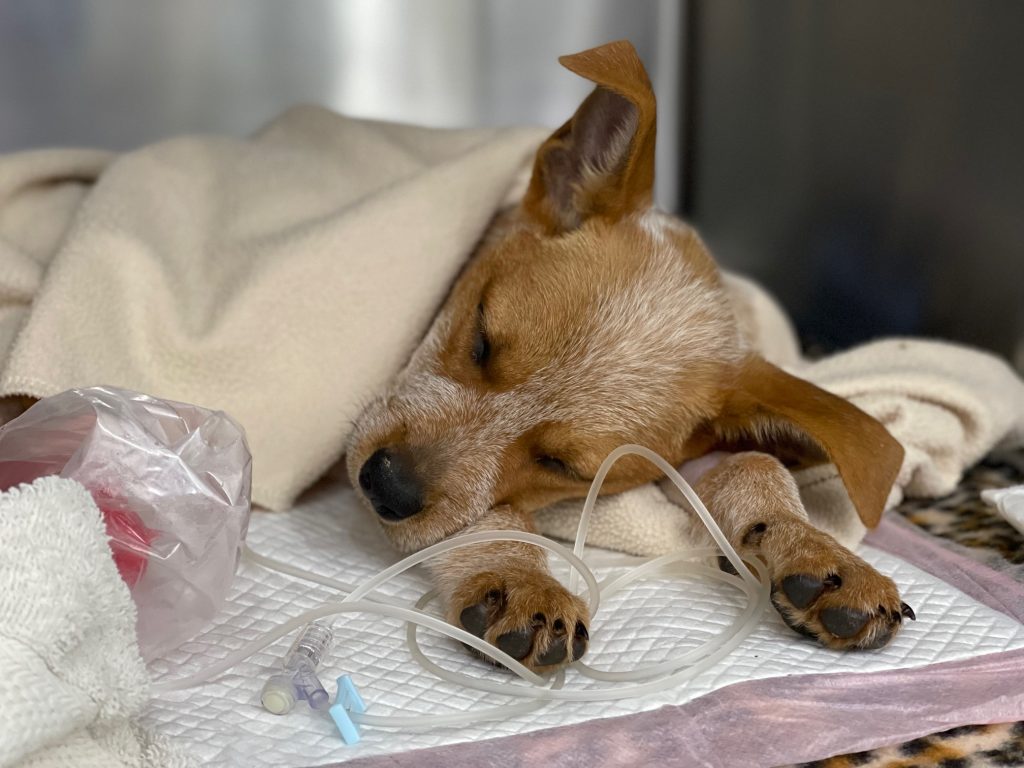
Odie was booked in to come and see Dr Lesa for a check up. On physical exam, Dr Lesa could feel that a section of his intestine was enlarged and very firm, which was a red flag that warranted further diagnostics. After being admitted into hospital Lesa took an x-ray of his abdomen which further substantiated her suspicions of intussusception.
Intussusception is a very dangerous condition that occurs when a portion of the intestine loops back into itself like a telescope does. This can cause extreme discomfort, gastrointestinal blockages and loss of blood supply to the affected intestine. This lack of blood supply can cause the portion of intestine to ‘die’ which then becomes a large risk for infection and sepsis, in an already unwell patient.
Intussusception can stem from anything that causes inflammation to the intestine, such as intestinal parasites (e.g. roundworms, hookworms & whipworms), ongoing diarrhoea, dietary indiscretion/changes, foreign bodies, tumors/masses and trauma such as being hit by a car. Unfortunately this means that this condition also carries a risk of recurrence after corrective surgery, even at the hands of the most skilled veterinarians.
X-ray and ultrasound can be useful tools to aid in diagnosis, but the most reliable way to confirm intussusception is via exploratory surgery. Surgical correction (surgically removing the affected portion of intestine) is required in almost all cases. Early detection and treatment is essential and once surgically corrected most animals experience a full recovery.
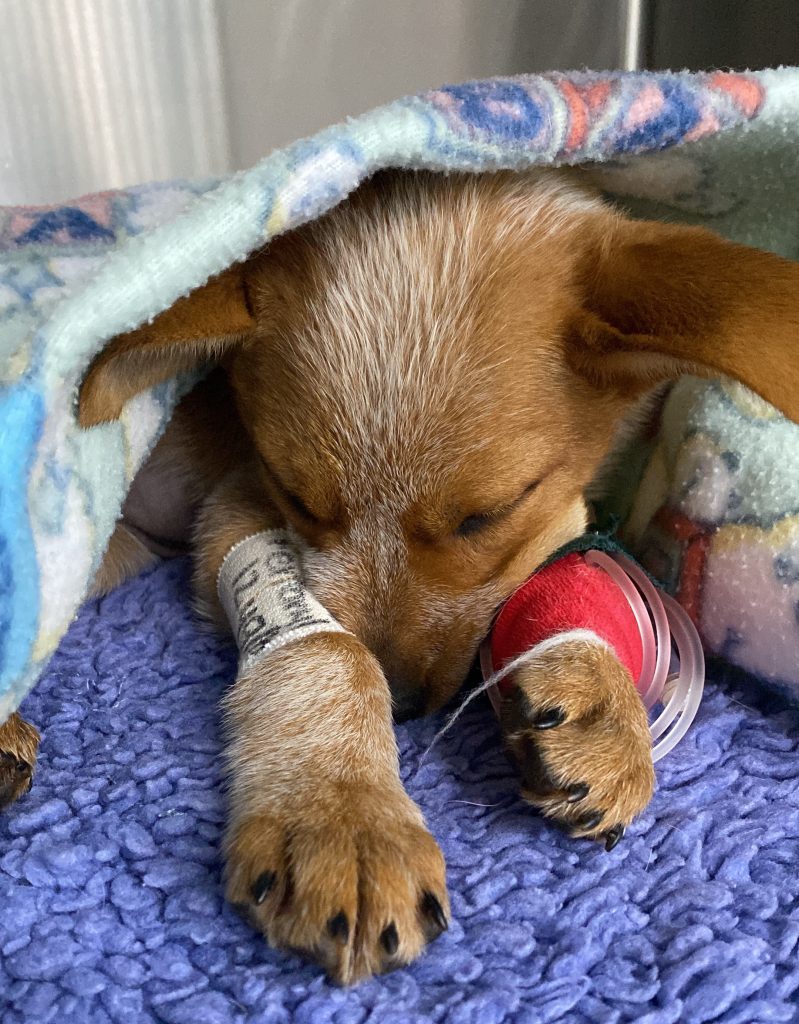
Dr Lesa knew that Odie needed treatment right away, so emergency Saturday afternoon surgery it was for the poor little guy. Dr Lesa’s suspicions of intussusception were confirmed in surgery and she got right to work in resecting the affected intestine. Once stable post-op, Odie was transferred to CVES for ongoing monitoring and care over the weekend.
Odie returned to us on Monday morning and we were so happy to see him again. But even though he looked ever so slightly brighter than his previous visit, this little guy was not out of the woods yet. Unfortunately, Odie’s intussusception had reoccurred during his stay at CVES over the weekend. Dr Vickie performed an ultrasound on arrival and confirmed that this poor sick boy would require a second life saving surgery just days after his first. Thankfully, Odie’s second surgery went well and after days of hospitalization and supportive care, he was well enough to head back home to his owner who was eagerly awaiting his return!
Fast forward 2 months, Odie is now 5 months old, gaining weight and is happy and active just like a normal pup! On a recent visit for a weigh in, his lovely owner surprised us with a cake with a little Odie sculpture on top!
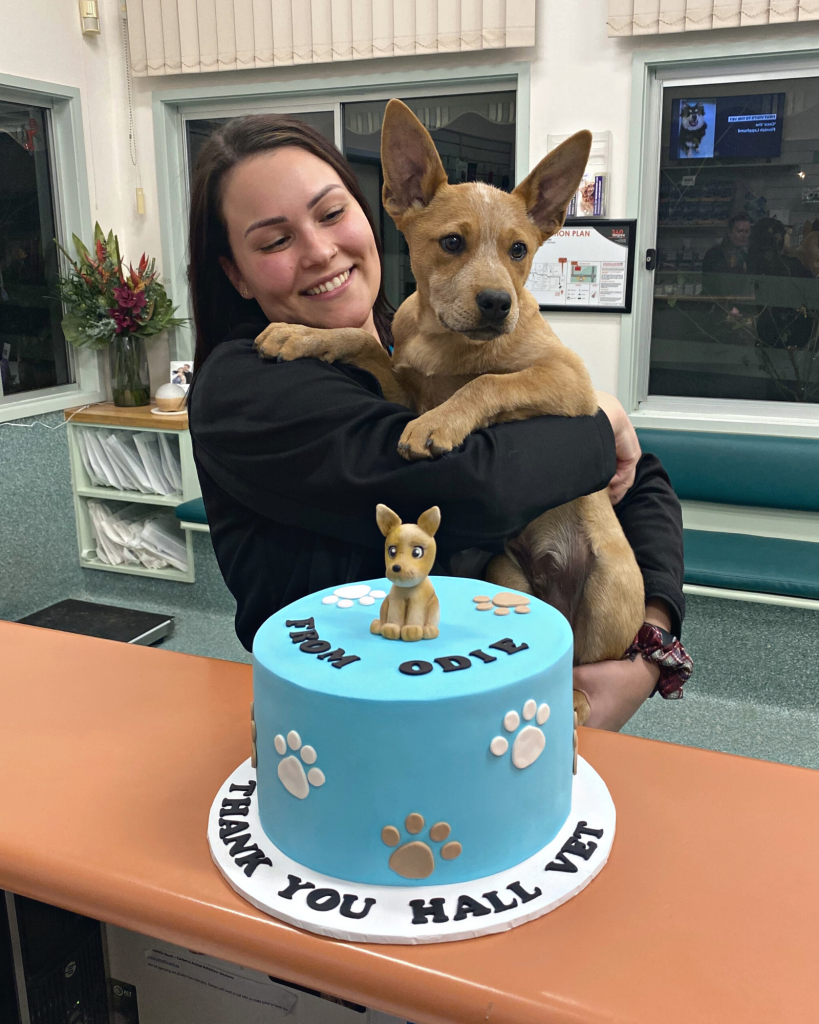


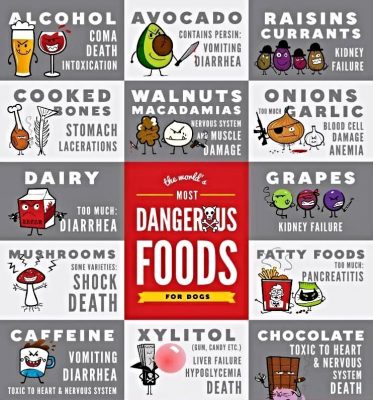



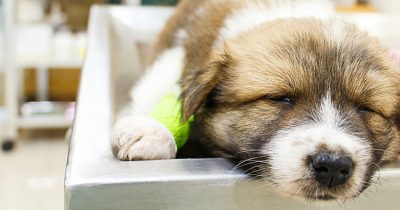
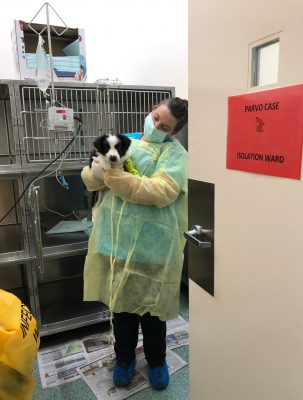
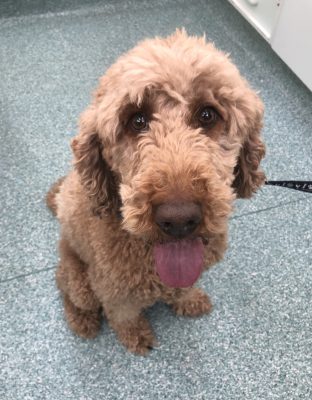
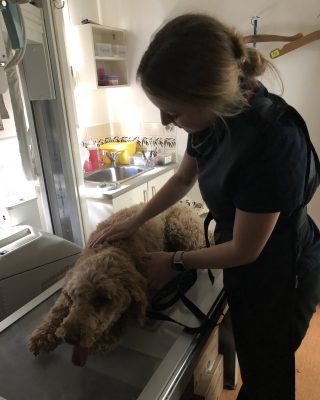
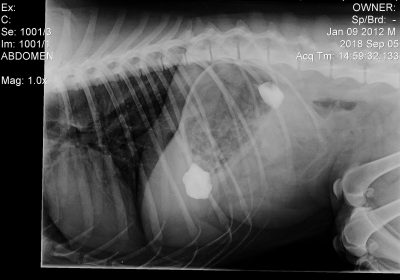
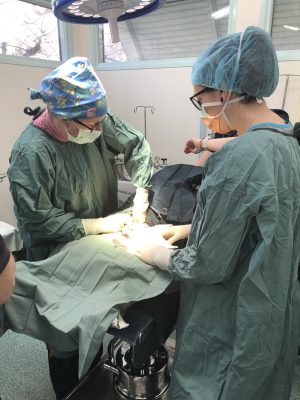

 Behavioural problems in senior pets can result from medical issues like arthritic pain, loss of sight/hearing or diseases that affect the nervous system. They can also be attributed to age related deterioration of the brain known as Cognitive Dysfunction Syndrome.
Behavioural problems in senior pets can result from medical issues like arthritic pain, loss of sight/hearing or diseases that affect the nervous system. They can also be attributed to age related deterioration of the brain known as Cognitive Dysfunction Syndrome.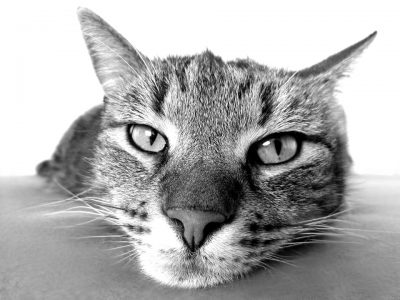


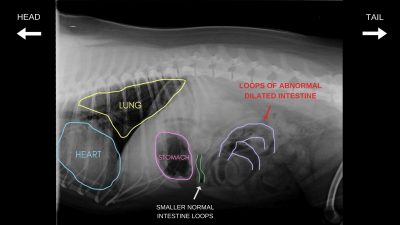


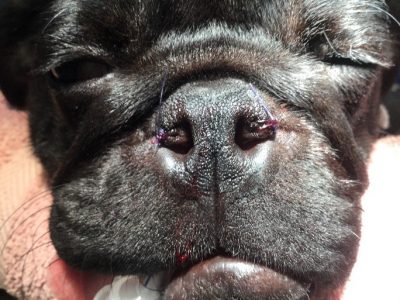
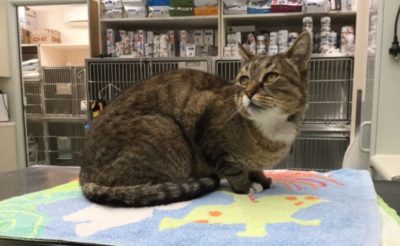
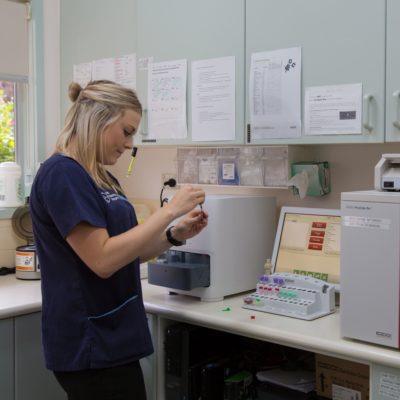



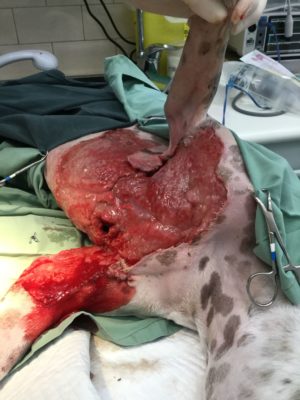 This was the large, open wound left behind after surgically removing all of the dead skin and tissue on Gov'nor's chest.
This was the large, open wound left behind after surgically removing all of the dead skin and tissue on Gov'nor's chest.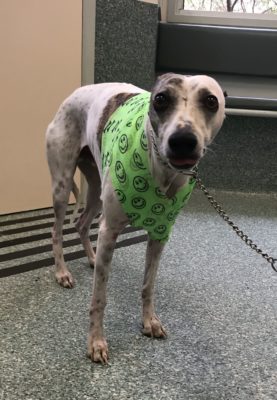 The colourful bandage vests help to hold his wound dressings in place.
The colourful bandage vests help to hold his wound dressings in place.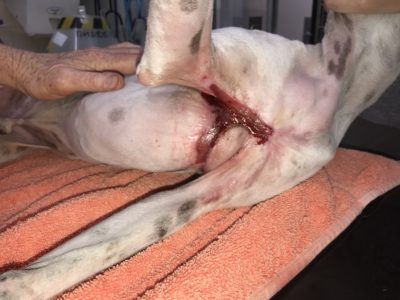 2 months later, Gov'nor is well and truly on his way to feeling like his old self again.
2 months later, Gov'nor is well and truly on his way to feeling like his old self again.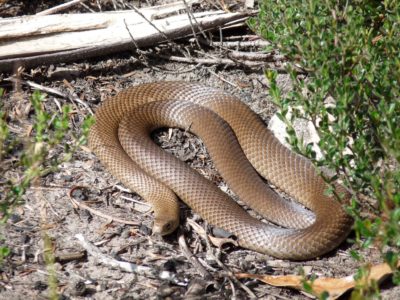
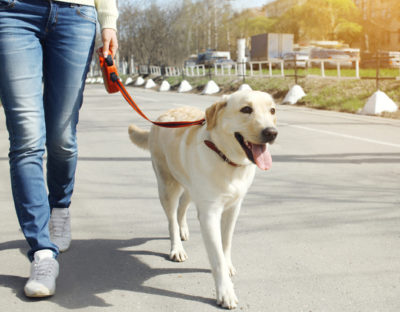
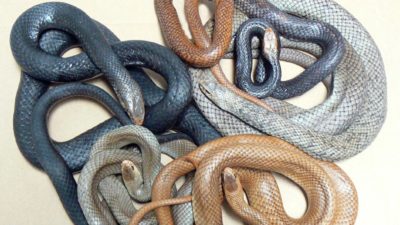 Variations in colour of the Eastern Brown Snake.
Variations in colour of the Eastern Brown Snake.